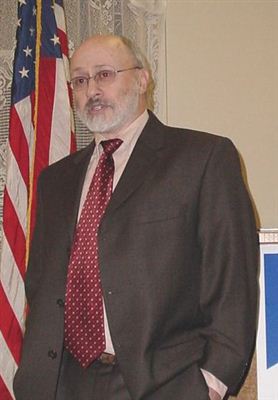The email sent will contain a link to this article, the article title, and an article excerpt (if available). For security reasons, your IP address will also be included in the sent email.
Still working my way through Hall, on the 12th chapter now and have reached a point, I think, where I have enough of a sense of where he is headed with his analysis to make some comments:
Hall builds his account of valuing, and moral valuing specifically, on the notion that valuing just is emotion and that it occurs in parallel (though intermixed with) occurrences of perception (perceiving). He proposes that there are parallel linguistic forms within what he calls our conventional language (ordinary language governed by a convention-based grammar) which reflect or express the underlying elements (emotion and perception), with each having its own distinct logic, also occurring in rough parallel. Thus he argues that the polarities of truth and falsity represent the dichotomies intrinsic to perceptive/descriptive language, as represented by the truth tables of logic, while a favorable/non-favorable/indifferent trichotomy characterizes emotional language. Both forms of language, he proposes, in keeping with their underlying (natural) basis, i.e., reflecting the two ways we relate to the world around us, have semantic content. That is, they refer to entities outside themselves. This referential trait, he holds, is an expression of the fundamentally intentional nature of both.
For Hall, then, the solution to the problem posed by Hume's is/ought dichotomy is to demonstrate that Hume missed the linguistic/semantic character of value claims and to show that oughts and is's are interconnected because of their parallel reliance on the intentionality of the language user. . . .

 (Stuart W. Mirsky is the principal author of this blog).
(Stuart W. Mirsky is the principal author of this blog).




 Return to Article
Return to Article